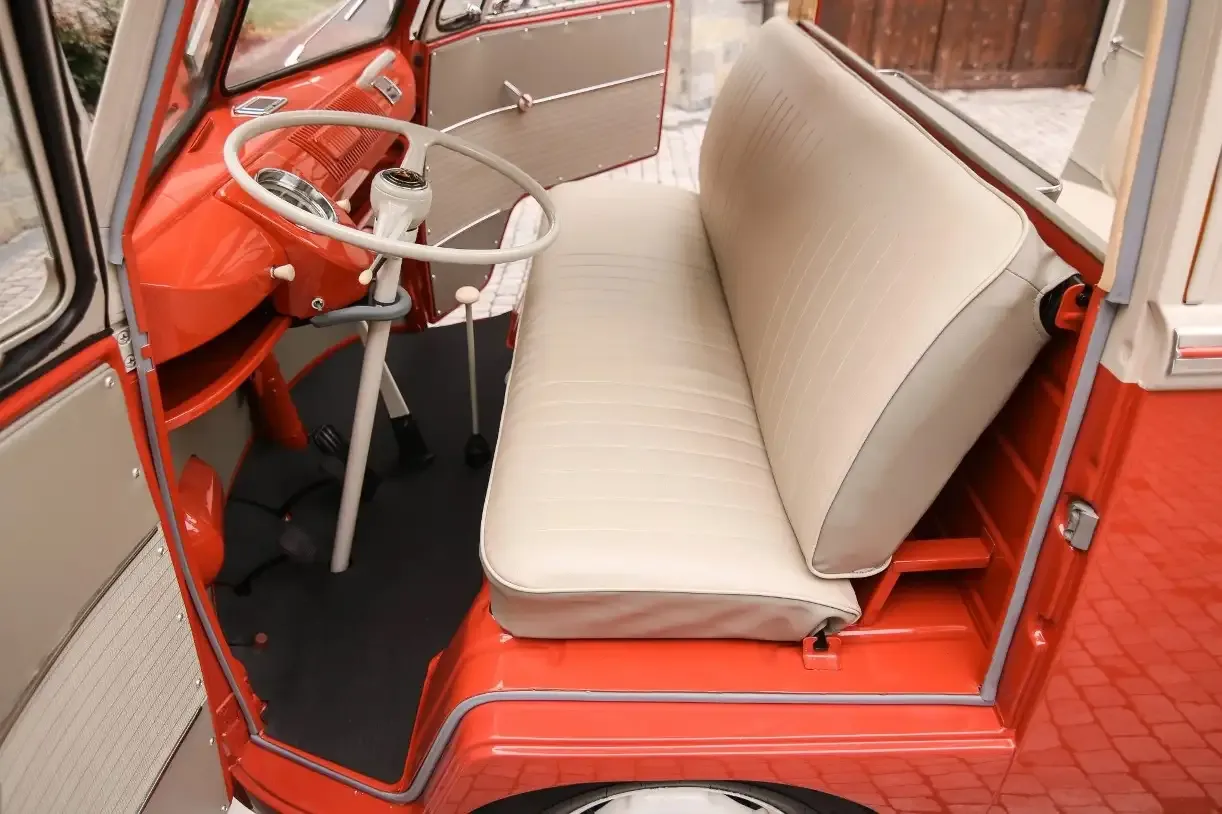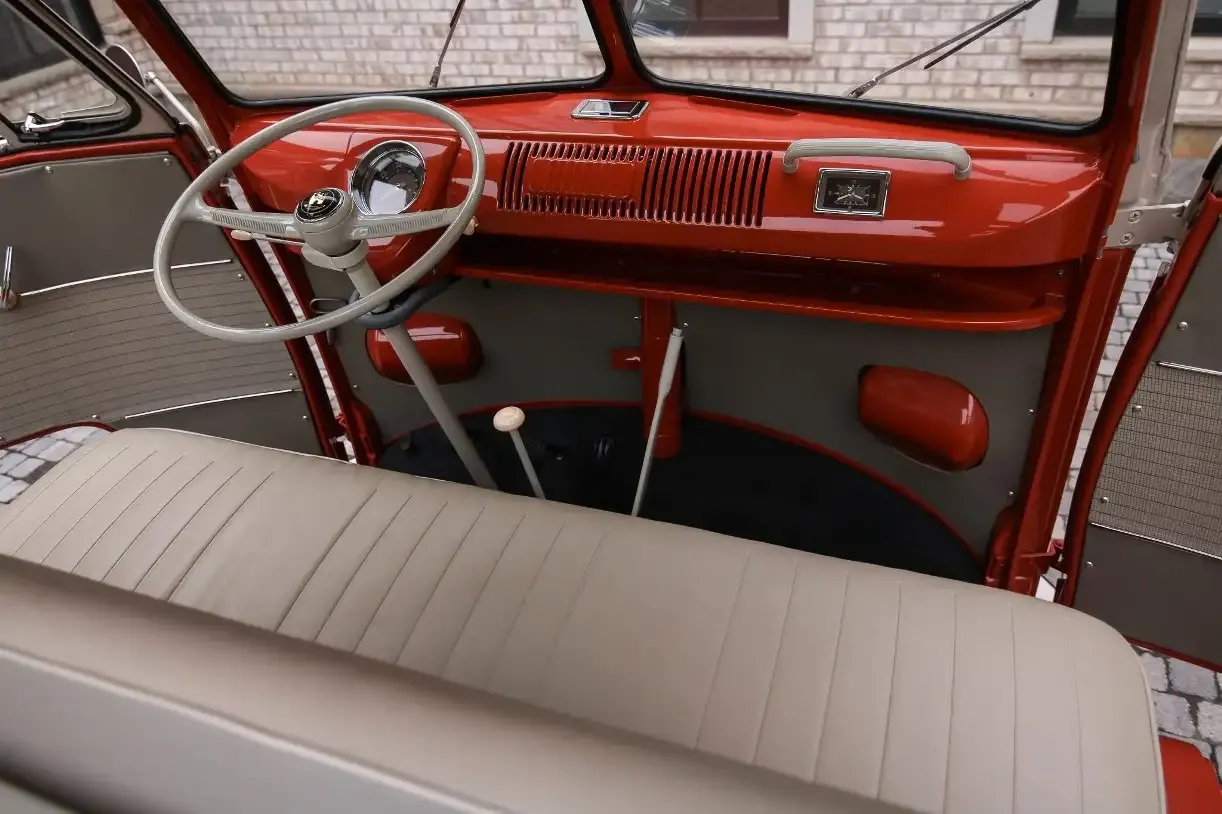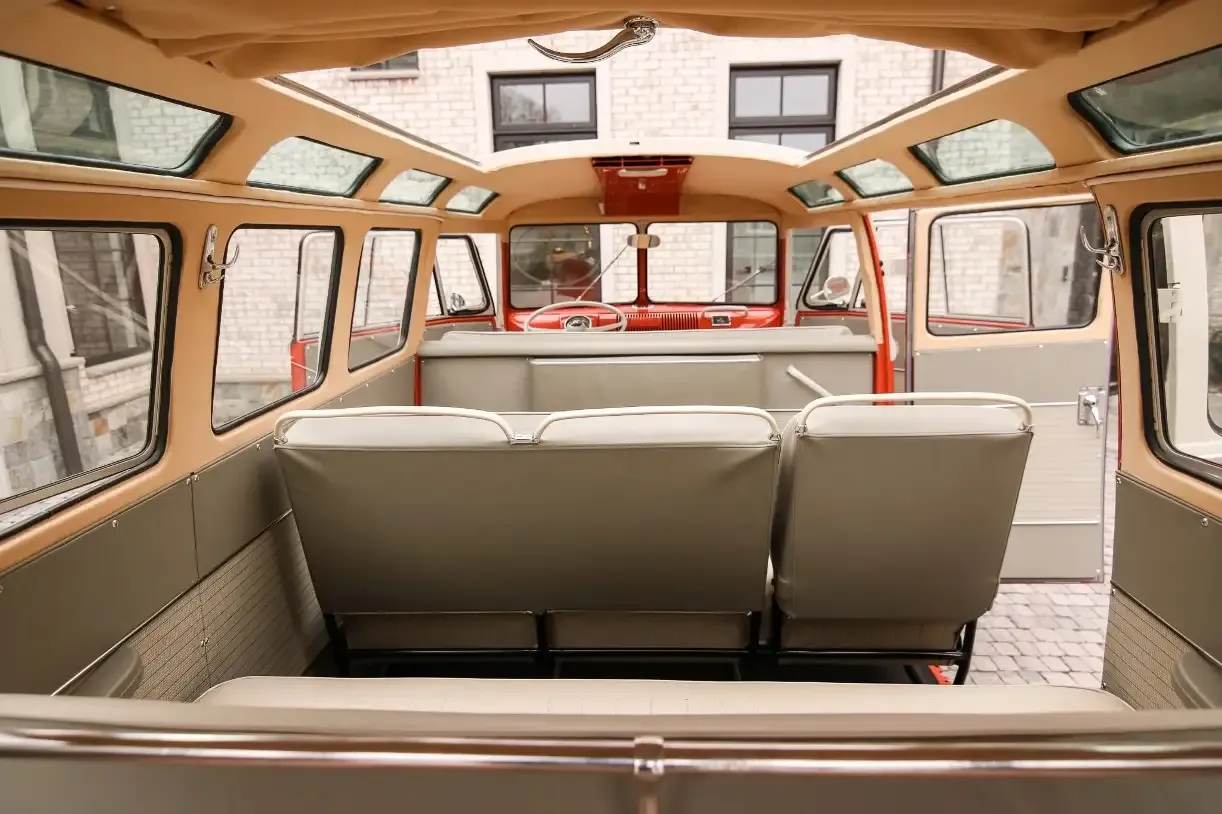Have you ever wondered what you would do if you saw one? Volkswagen Kombi Owl from 1959 in perfect condition? Now, imagine that this Kombi was completely restored and is for sale for over R$ 700 thousand. The story of this legendary Volkswagen model is not just about its iconic design, but also about its evolution, and what it represents to classic car fans and collectors around the world. In this article, we will explore all the details about this very rare 1959 Kombi, the restoration it underwent and what makes it so valuable in the classic car market.
The History of the Volkswagen Kombi
A Volkswagen Kombi, known worldwide as Type 2, was first launched in 1950. It was designed to be a practical solution for both cargo and passenger transport. Its distinctive design with air cooled engine, positioned at the rear, and the box-shaped body quickly made it a success. This model was Volkswagen's answer to the need for compact but versatile commercial vehicles.
Over the decades, the Kombi was adapted for various functions: in addition to the passenger version, it had versions for cargo transport, campers and even models aimed at emergency services. Its production continued for more than three decades, until it was discontinued in 2013. However, the Kombi's legacy as a automotive culture icon and symbol of freedom and adventure remains alive to this day.
Now, imagine the impact this has on the classic car market. Older Kombi models, especially the rarer ones like the Little Owl from 1959, have become highly desirable for collectors and car enthusiasts. And when one of these rarities undergoes a complete restoration, its value only tends to increase.
The 1959 Model: The 23-Window Samba Deluxe Corujinha Kombi
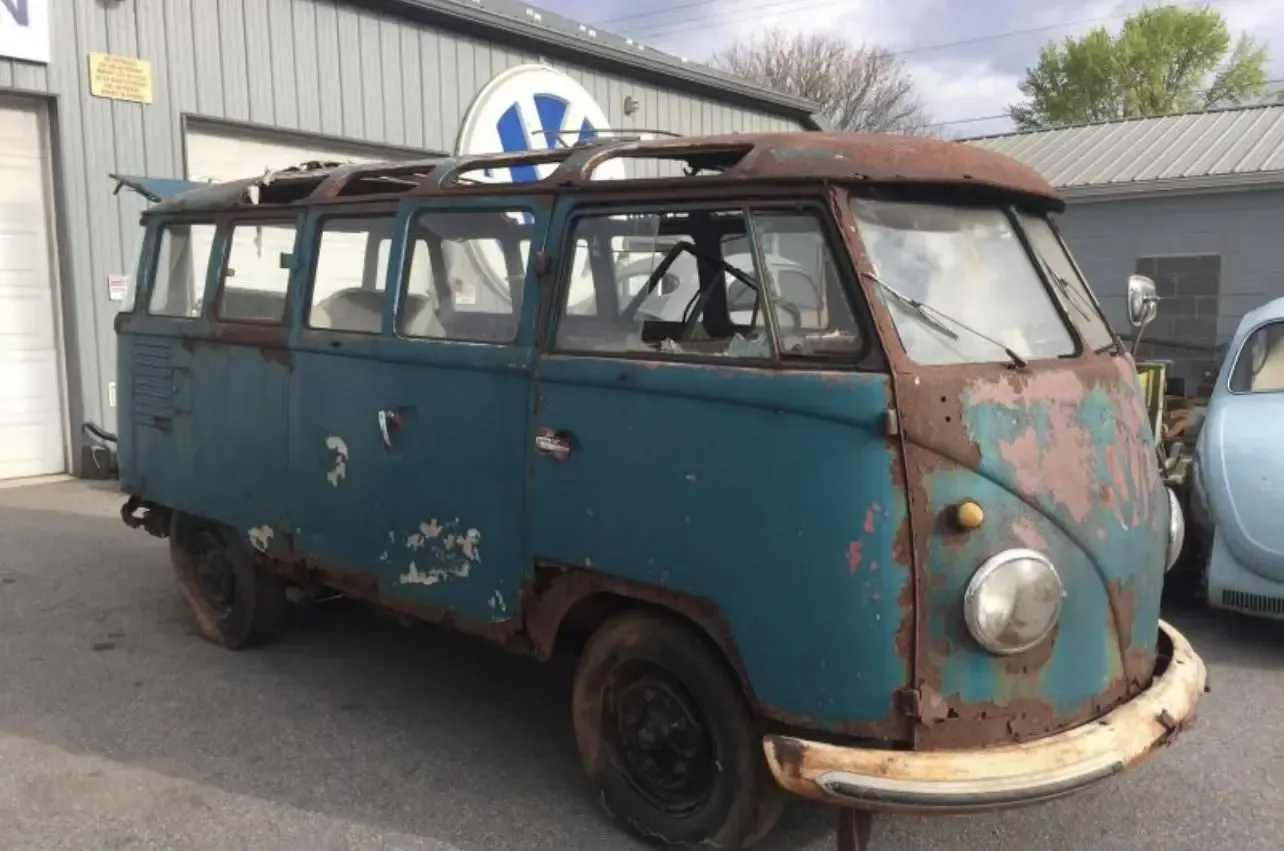
A 1959 Little Owl Kombi that we are going to discuss in this article is a real gem. The model in question is a Samba Deluxe in 23 windows, one of the most sought after by collectors. This version is considered one of the rarest, being equipped with a sunroof and a distribution of windows that offers an incomparable view.
The story of this Kombi begins in Hamburg, in Germany, where it was originally delivered. Afterwards, the Kombi went to the United States in the 1960s, where it was used until it was acquired by a dealer specializing in classic cars, in 2022. From that moment on, it underwent a restoration that transformed it into one of the most coveted pieces on the market.
The Restoration Process
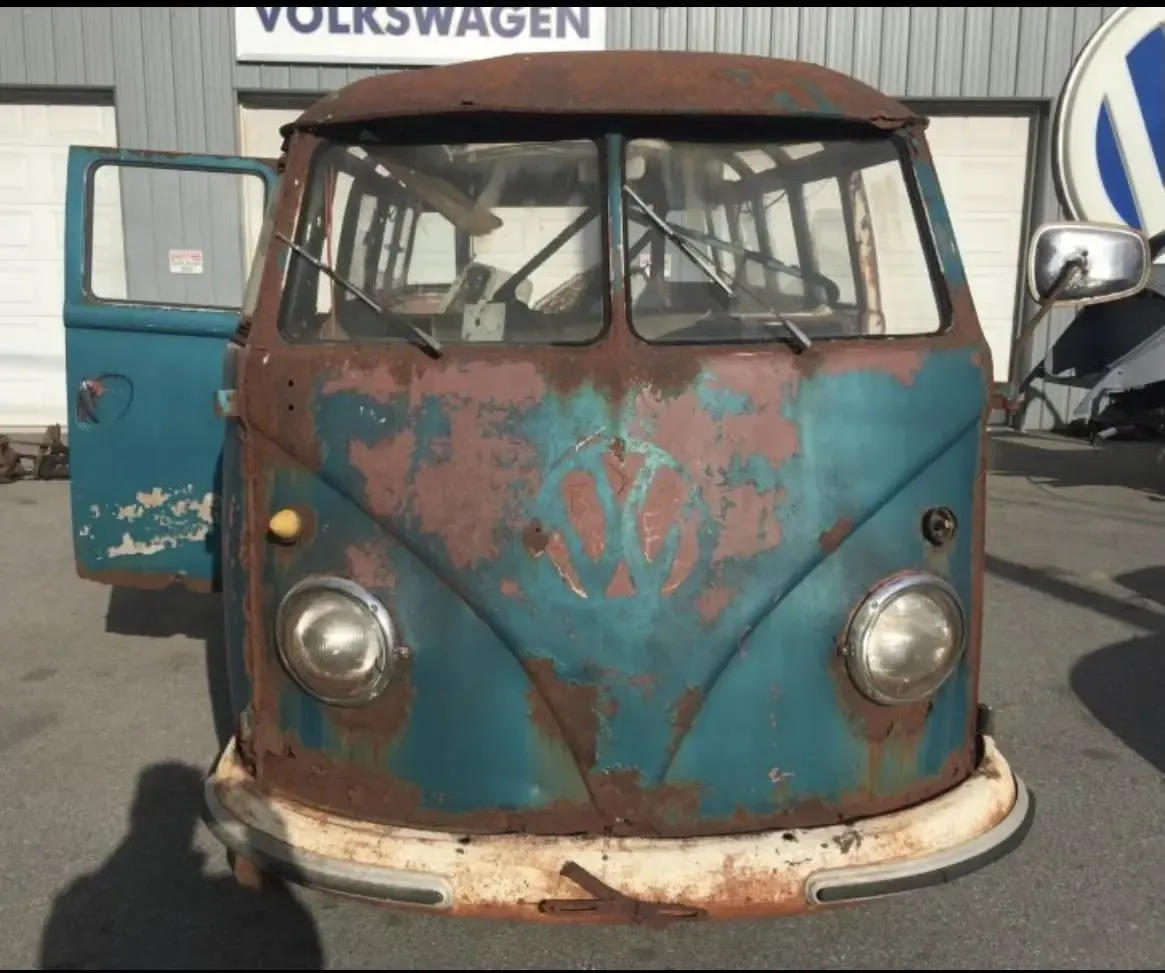
The restoration of this VW Kombi 1959 was not a simple task. It involves a combination of technical and aesthetic skills to restore and modernize without losing the charm of the original vehicle. The process of disassembly and reassembly was careful, taking into account the details that make the difference in historical preservation of the model.
The Bodywork
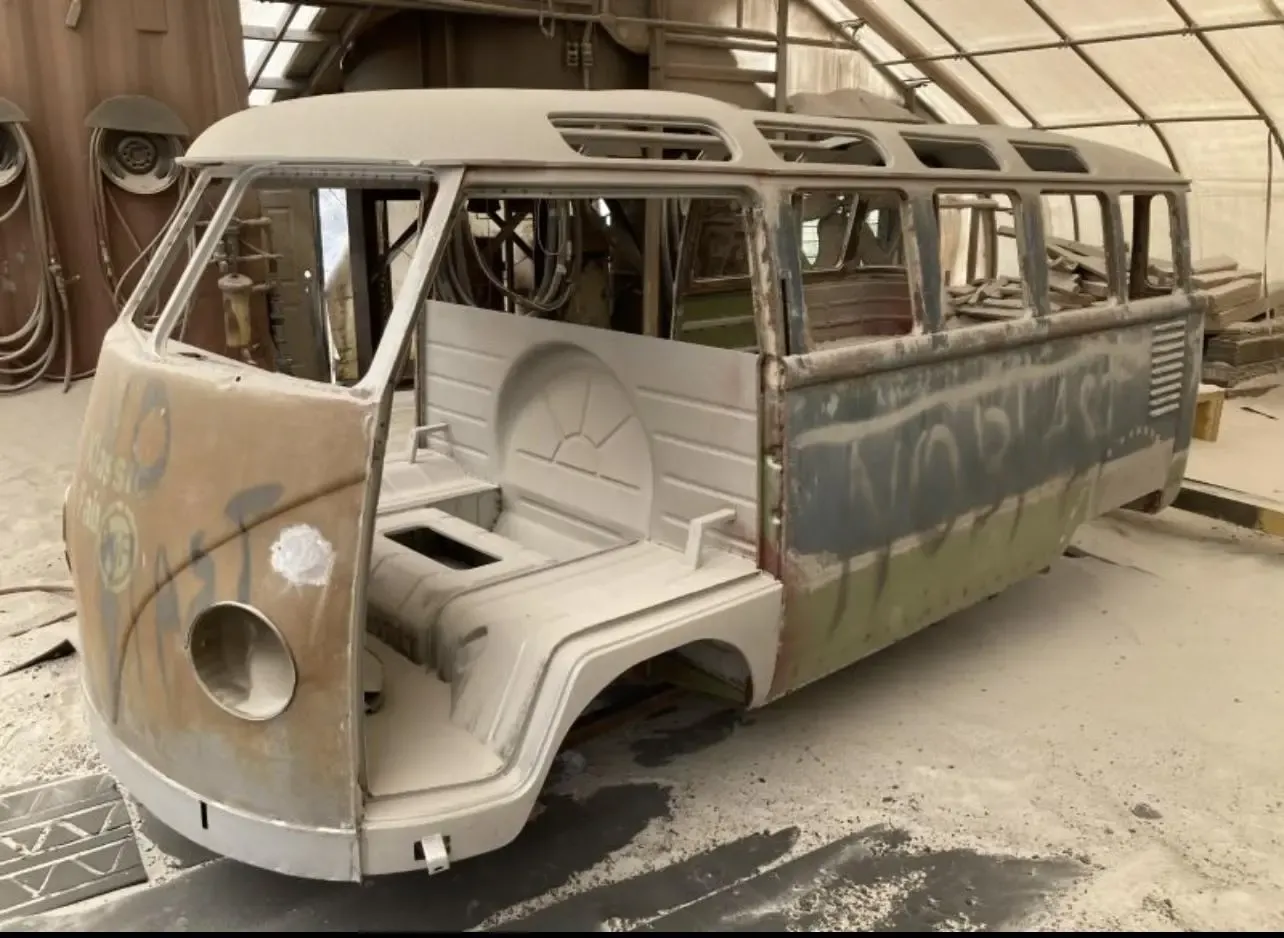
The Kombi body was repainted with a elegant combination of red and white, with the roof and front in white. During the restoration, metal and body repairs, with emphasis on the front panel replacement, a critical point for any vehicle more than six decades old.
Additionally, the process included replacing parts of the suspension, of the brakes and the renewal of tires, ensuring that the vehicle was in perfect working order, as well as being aesthetically stunning.
The Interior
The interior of the Kombi also underwent a complete renovation. The beige upholstery was completely redone, and the color combination was designed to provide a sophisticated and vintage look at the same time. The banks received a two-tone coating, and the door finishing It was also renovated, maintaining the original style.
O instrument panel is a real charm: the two-spoke steering wheel with Wolfsburg badge stands out, and the VDO speedometer of 70 mph dates back to the production period. The model also has a ashtray is storage shelf, details that make the interior even more fascinating for those who appreciate classic vehicles.
Notable Features
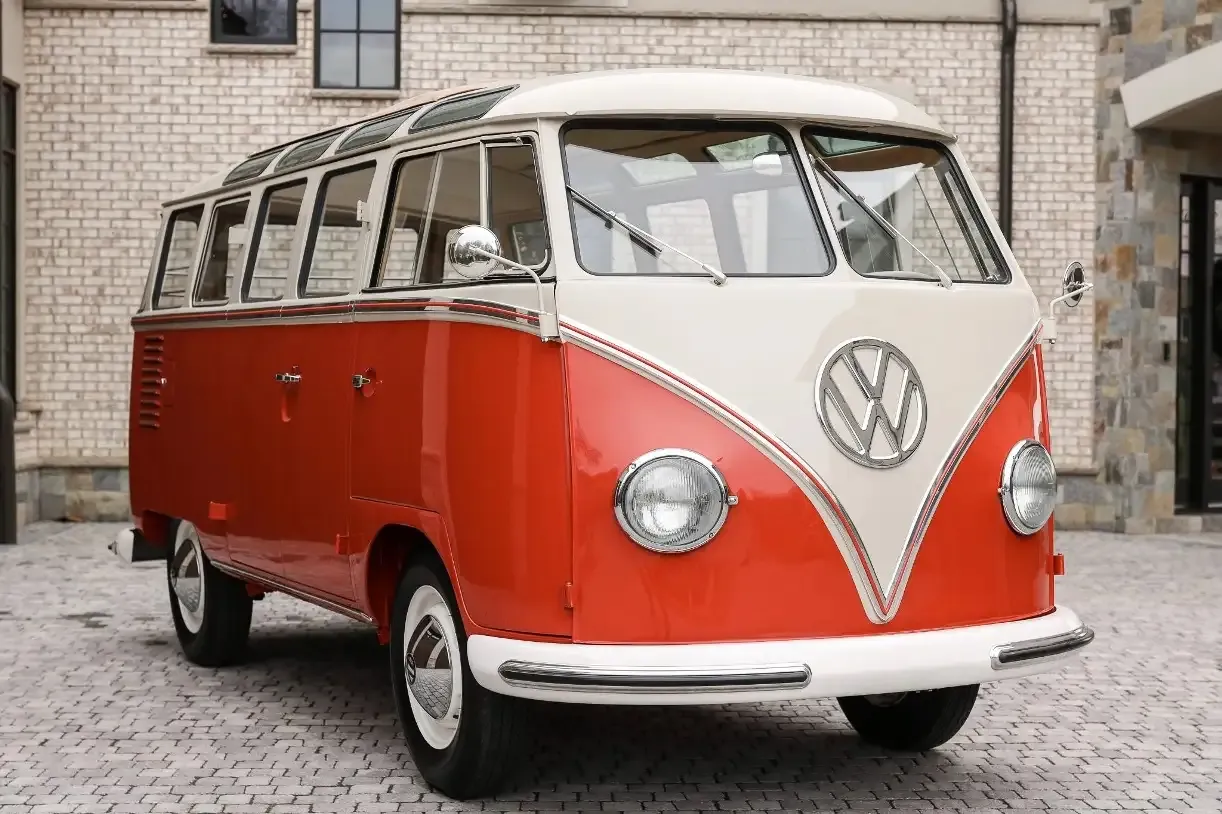
A 1959 Little Owl Kombi also has notable features such as direction indicators at traffic lights and the bumpers painted white, which are registered trademarks of the Samba Deluxe model. The chrome hubcaps and the steel wheels with white finish with tires 6.40-15 give an elegant and authentic look.
Another point that draws attention is the three rows of seats, which guarantees a extra comfort for the occupants. The model also has a tan fabric sunroof, offering a feeling of freedom and freshness, characteristics that define the spirit of the Kombi.
The Classic Car Market and the Value of the Kombi
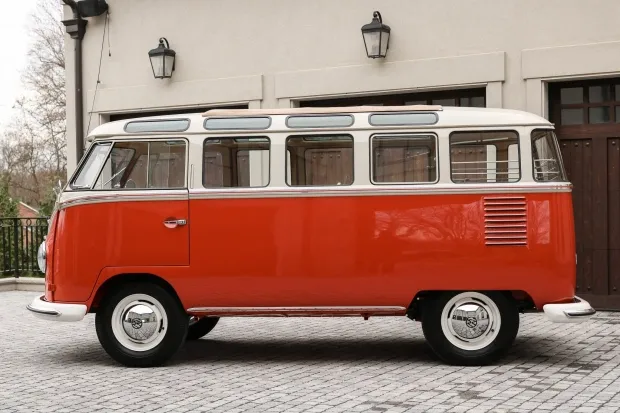
Now that you know all the details of the restoration of this 1959 Corujinha Kombi, it is important to understand the market value of vehicles like this. Classic cars have been highly valued, especially those that have undergone high-quality restoration processes. The VW Kombi 1959 Samba Deluxe was sold in the United States per 148 thousand dollars, which is equivalent to more than R$ 700 thousand.
This value reflects not only the rarity of the model, but also the meticulous work that went into restoring it. The Kombi was offered with a Volkswagen Classic Parts Certificate, a document that certifies its authenticity and originality. In addition, the sale included photos of the restoration process it is a Clean Maryland Title.
It is fascinating to see how a 1959 model, with more than six decades of existence, manages to achieve these values in a market that increasingly seeks well-preserved and restored classic vehicles.
The Legacy of the Volkswagen Kombi
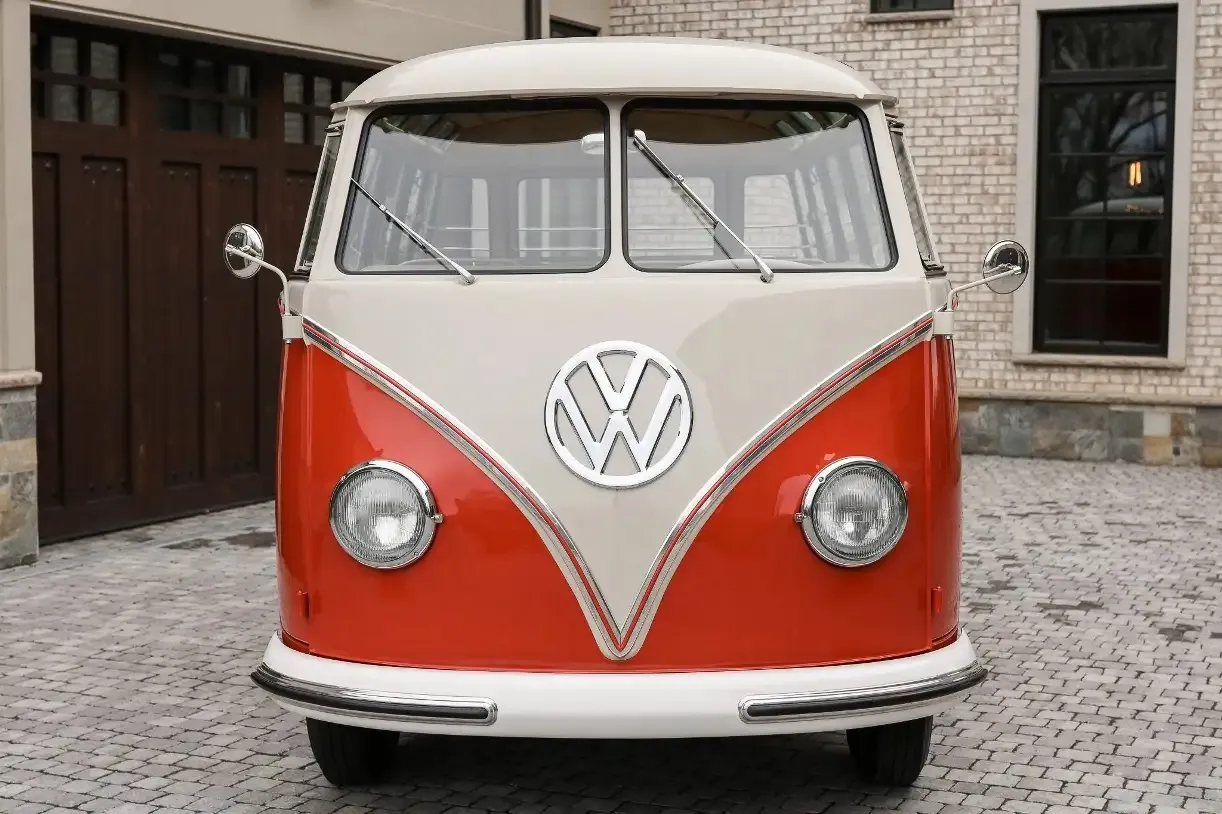
A Volkswagen Kombi is much more than just a vehicle. It is a symbol of automotive culture and represents freedom, adventure It is versatility. Over the years, she has won the hearts of thousands of people around the world, and models like 1959 Little Owl Kombi continue to make history, whether at classic car exhibitions or being valued by collectors.
Despite having been discontinued in 2013, the Kombi remains popular in the classic car market. And, as we have seen in this article, the prices of some restored units can be truly impressive.
Conclusion: Is it Worth Investing in a Classic Kombi?
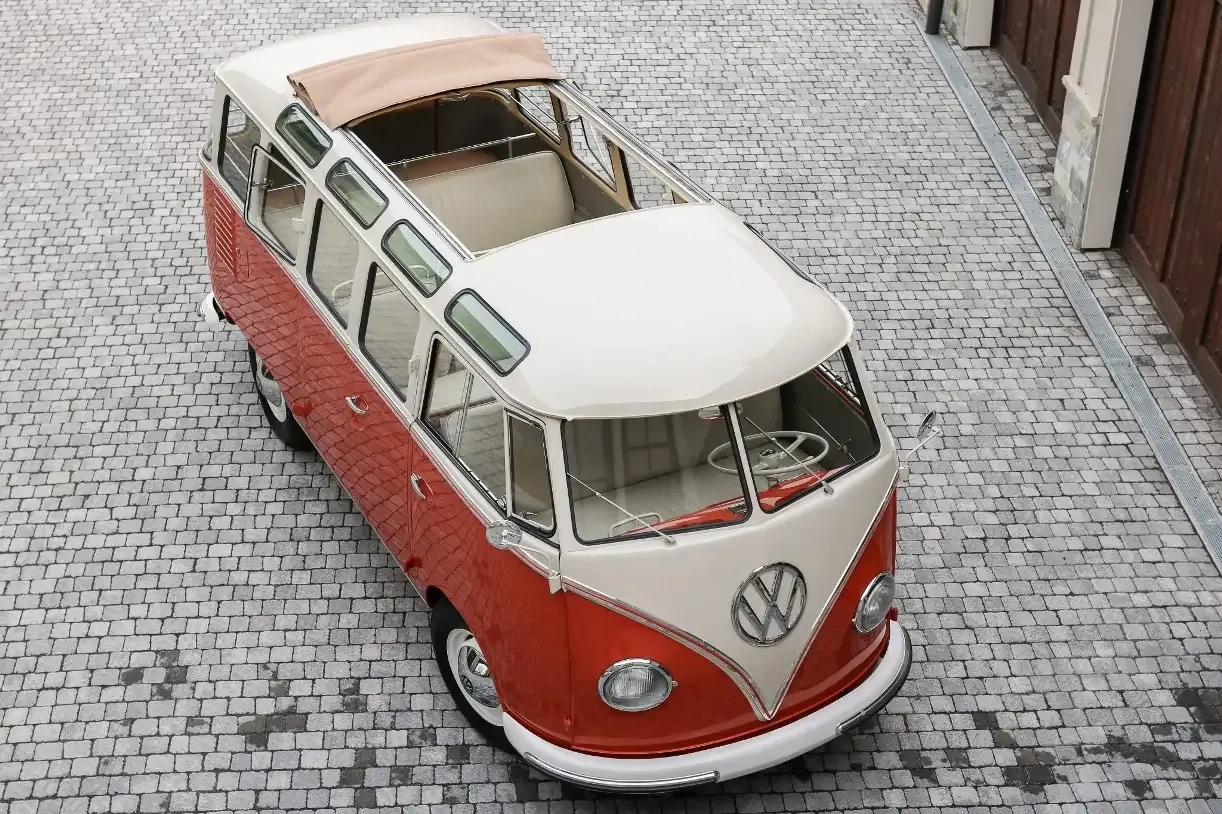
After learning the entire history and restoration of this incredible model, it is clear that a Volkswagen Kombi Owl 1959 It's not just a car; it's a true work of art on wheels. Would you be willing to invest more than R$ 700 thousand in a rarity like this?
If the answer is yes, you will certainly be acquiring a piece of history. Volkswagen and the automobile as a whole. Models like this, with the Volkswagen Classic Parts Certificate, restoration photos and historical documents are true treasures for passionate collectors. In addition, with the increase in interest in classic cars, it is possible that the value of vehicles such as the 1959 Kombi continue to rise, making this investment even more advantageous in the future.
Whether for nostalgic rides or as part of a collection, the restored 1959 Corujinha Kombi is a true masterpiece that can accompany you for many years, bringing not only excitement, but also a little piece of world automotive history to your everyday life.
